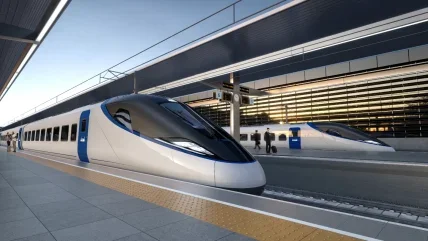
Shifts in infrastructure spending? Not so much, necessarily. Especially these days.
The fiscal climate has shifted, risking investment, long planned and arguably economically beneficial to the long-term future of the nation after prior investigations and assessments.
No matter the capabilities of civil engineering, it is but one part of the picture. While the industry is active and ready to do more, some other parts of the picture – if they were ever in real focus – are becoming more blurred and shape-shifting. On the financial numbers, and political perspectives.
There is even rising risk that the northern branch lines of HS2 will be chopped even further than before. Earlier this year, the route was snipped in part of London, or at least delayed. Time will tell.
What should be an exemplar of infrastructure implementation in the UK is being troubled by politicians fearing short-term cost-of-living increases for the public. Sounds like the 1970s are calling, the subsequent lessons of national economic benefits of keeping with infrastructure investment are being shelved, perhaps temporarily, if not forgotten. Surely no coincidence that a general election is not so far away.
So much needs done but the pay-off is longer. Insights into some of those works are discussed, once again, in T&T. Needs. Methods.
In this issue, T&T looks at infrastructure internationally, such as water resource networks in the US built by trenchless tunnelling, energy transition needs calling for pumped storage hydropower with tunnelling works. More powerful engagement with and use of data will help everywhere, and we have a paper on approaches in Europe to developing ground models for BIM. Much will be discussed at STUVA 2023, which we preview, and other events.
We are also pleased to carry a profile interview with Tarcisio B. Celestino, who is highly active in consulting internationally and in academia, and is a Past President of ITA (2016-2019).






